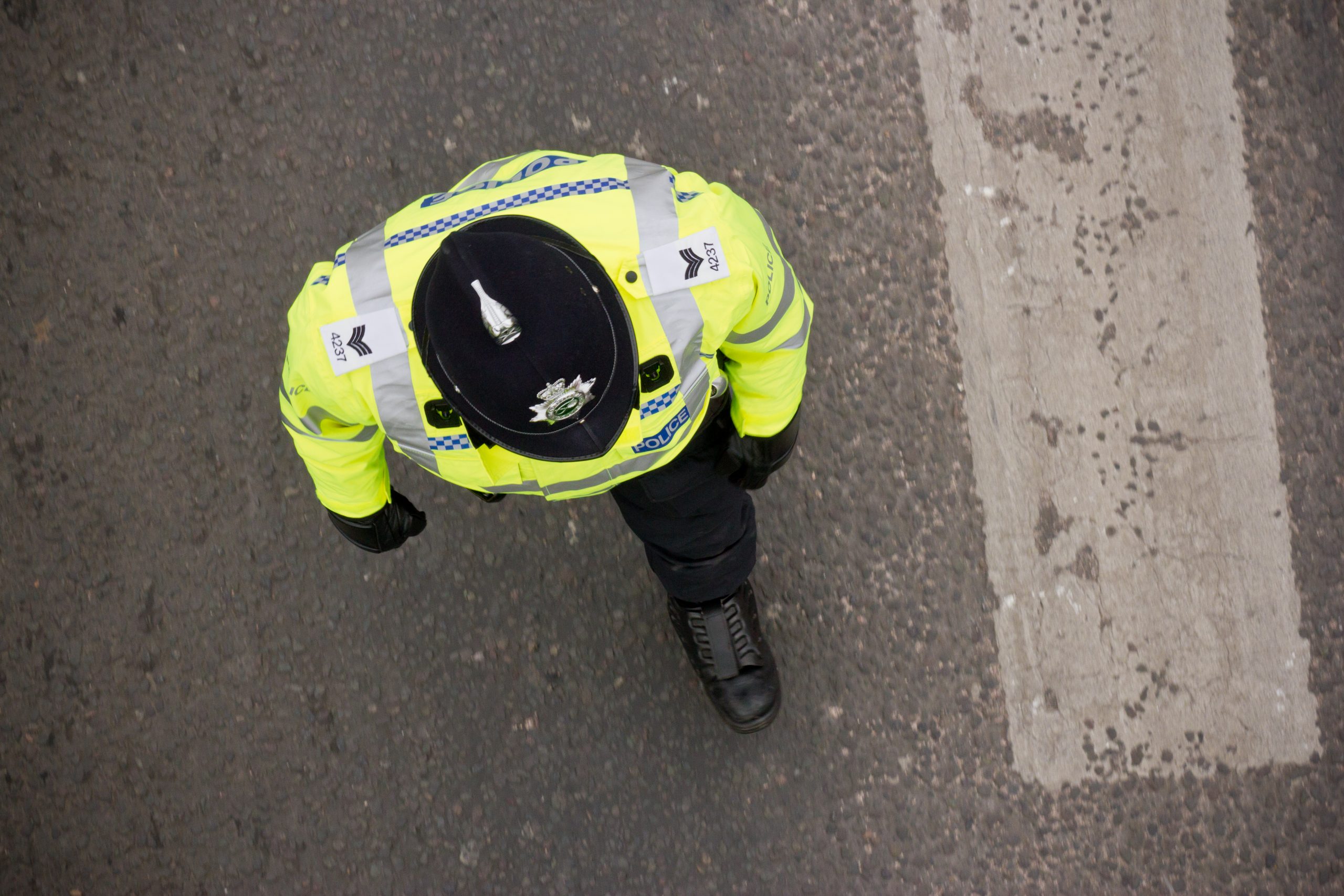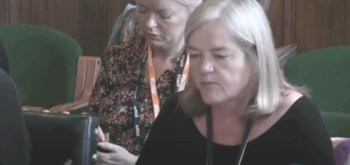Patrick Harris was born on August 13th 1998. He was the son of Lorraine Harris and Sean Maguire. They lived with two daughters of Lorraine from a previous relationship. After his birth Patrick seemed to be thriving and was a much-loved baby. Health professionals said that the family gave the impression of perfection. Lorraine was subsequently described as a careful and caring mother.
- You can read about Lorraine, the victim of a serious miscarriage of justice in one of the high-profile ‘shaken baby syndrome’ cases, and taking her fight for compensation to the European Court of Human Rights HERE.
- You can read an article about the Lorraine Harris case in the Mail on Sunday HERE.
‘Over the past ten years so much more has been discovered about how a baby’s brain develops in its first year and these developments have seriously undermined shaken baby syndrome.’
Dr Waney Squier‘The impartial scientific truth about these cases is that in many cases we don’t know why some babies die. We do know that many babies die in totally unsuspicious circumstances and display, on post mortem, the same symptoms that some expert witnesses swear are diagnostic of abuse… In 20 years’ time science will make us see some of these convictions in the same way we regard the burning of witches.’
David Jessel, journalist and former commissioner at the Criminal Cases Review Commission – see HERE.
On December 4th 1998 Lorraine took Patrick for his third immunisation. Sean Maguire was working the night shift and Lorraine was looking after Patrick. Shortly before 1am the following morning Lorraine called her GP, Dr Barber, as Patrick appeared to have difficulty breathing.
When he arrived, he found Lorraine calm and controlled and, later in his evidence, said she was an experienced and sensible mother. He noted that Patrick’s temperature was mildly raised but that his chest was clear and that, although a little ‘snuffly’, concluded that the baby was well and he left the house at 1:30 am. He had seen no signs of abuse or bruising.
At 2:34 am Lorraine rang 999 reporting that she could not wake Patrick up. The ambulance crew tried to resuscitate him but could not find a pulse and, although still warm, he was making no respiratory effort. He was taken to Derby children’s hospital and placed on a life-support machine. It was noted that he had fixed and dilated pupils and retinal haemorrhages.
Lorraine was described as being plainly under considerable stress and crying. Patrick was seen by a consultant paediatrician who found gross pre-retinal haemorrhages and was so concerned about Patrick’s condition that he arranged for him to be transferred to a specialist unit at Nottingham. There were no external injuries.
Sadly Patrick died on 6 December.
A post-mortem found a markedly swollen and soft and brain, small amounts of subdural haemorrhaging and extensive retinal haemorrhaging. The pathologist, Dr Bouch, recorded the cause of death as cerebral hypoxia (caused when the supply of oxygen to the brain is cut off by swelling); intracranial haemorrhaging; shaken baby syndrome.
Subsequently Lorraine was interviewed and charged with manslaughter. Patrick was buried without Lorraine being notified and without her being given the chance to attend his funeral.
Unanimous
On 7 September 2000 Lorraine was convicted and sentenced to three years’ imprisonment. Although the evidence was that there was no external injuries to Patrick such as bruising or evidence of gripping and there was no history of fractures it was the prosecution case, based on highly reputable expert evidence that the triad of symptoms found on post-mortem, namely the swollen brain, the subdural and retinal haemorrhaging conclusively pointed to Patrick having been severely shaken sometime after Dr Barber had left.
Those views were consistent with medical opinion at the time. A range of experts were consulted by both prosecution and defence leading up to the trial and there was unanimity in the view that, in the absence of any other convincing medical explanation, the combination of those three symptoms inevitably pointed to what was then described as shaken baby syndrome.
Inevitably there could be no direct scientific basis for that diagnosis given the impossibility of recreating it in a laboratory but in the 30 years leading up to Lorraine’s conviction it had become universally accepted following a paper by an American radiologist, John Caffey.
My firm did not act for Lorraine at trial. We were consulted after having been advised by her trial lawyers that they could see no grounds for an appeal. Fortunately we were made aware of research being conducted by a group of scientists led by neuropathologist Dr Jennian Geddes. This research led to a series of papers that challenged the accepted hypothesis and as a result Lorraine’s conviction along with those of three other separate appellants was considered by the Court of Appeal and overturned in a judgement given on 21 July 2005 [R v Harris and others 2005 EWCA Crim1980].
Geddes II
Dr Geddes and her colleagues had published their initial findings (Geddes II) based on the study of a number of infants who had apparently died of inflicted head injuries and, in particular, the damage to the nerve tissue in the brains of those infants (axonal damage). Of the cases they studied the only examples of traumatic axonal damage they found was where there was also other clear evidence of trauma (e.g. skull fractures) whereas there was vascular axonal damage in a significant number of cases with no signs of trauma. They concluded that a relatively minor shaking, in itself survivable, might in turn lead to a fatal failure of the supply of oxygen to the brain. The significance of this research was that it questioned the level of force that was necessary to cause serious injury. It had previously been considered that severe force (certainly more than in mere rough handling) had been necessary and it raised the possibility that, for example, an attempt to resuscitate might be sufficient.
Dr Geddes and her team had attempted to put forward an ‘unified hypothesis’ (Geddes III) suggesting that hypoxia alone, in certain circumstances and in the cases of young infants, could cause the other symptoms identified in the triad previously considered as diagnostic of SBS. In evidence in the Court of Appeal however Dr Geddes accepted that there were issues with that hypothesis and stressed the need for more research. The findings in Geddes II were never seriously challenged and notwithstanding being urged by counsel for the prosecution to find as a fact that the classic triad of symptoms was diagnostic of shaking the Court of Appeal held that whilst those symptoms could be evidence of such an injury it was not conclusive and the orthodox view as originally set out by Caffey was itself simply a hypothesis.
The mere existence of the ‘triad’ was not in itself evidence of a ‘non-accidental head injury’ – a term the court found preferable to ‘shaken baby’.
A fresh life
In quashing Lorraine’s conviction, the Court of Appeal considered the conflicting expert evidence and noted the growing awareness amongst experts of the degrees of force that may be involved in cases where catastrophic injuries have been suffered. It went on to stress the importance of the background evidence and the need to listen carefully to the account given by a carer particularly ‘a careful and caring mother’ who behaved in the way that Lorraine had behaved on the night Patrick collapsed.
Accordingly, Lorraine Harris had her good name returned to her but unfortunately her life was ruined. Her baby had died and she was never allowed the opportunity of grieving for him. Her relationship with Mr Maguire collapsed under the pressure of the trial and conviction and she had to serve her sentence. Whilst on bail awaiting trial she had become pregnant and gave birth to another child whilst in prison after her conviction. The child was taken away from her and placed for adoption and even after the appeal Lorraine was not allowed any form of contact.
Now known as Lorraine Allen, she applied under the government scheme relevant for victims of a miscarriage of justice for compensation which would at least have helped to make a fresh life for her.
She was turned down by the Secretary of State who claimed she did not meet the statutory criteria. That decision was challenged in the High Court by judicial review but refused in 2007 and a subsequent appeal dismissed in 2008. An application was made on her behalf to the European Court of Human Rights who have now confirmed that her case has been referred to the Grand Chamber of the court. It will be heard on November 14th.
As the court will be asked to consider whether the presumption of innocence applies once a conviction has been quashed and its impact on entitlement to compensation Lorraine will once again be involved in a potentially landmark decision. The fact that the case has been referred by the ECHR to the Grand Chamber of its own volition is an indication of the significance of the decision.
The difficulty of obtaining compensation for a victim of a miscarriage of justice such as Lorraine, under the scheme administered by the government has reached such a level that, even though a recent Supreme Court judgement attempted to improve and rationalise the situation, the Criminal Appeal Lawyers Association is currently preparing to bring a private members bill to go before parliament in the autumn – see HERE. It is felt by the Association that the United Kingdom is failing in its obligations to provide compensation in these cases and that reform of the statute is urgently required.





